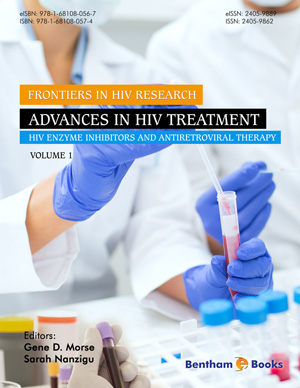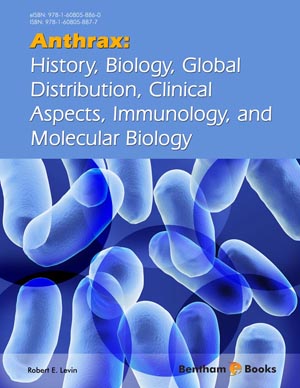Abstract
In recent years, it has been well documented in several studies that there is a close relationship among three of the most important homeostatic-control axes, the nervous, endocrine, and immunologic systems. Clinical and experimental evidence around the world indicates that this physiological phenomenon could be explained as neuro-immune-endocrine interactions (NIEI). The communication between those systems maintains the homeostasis in the presence of stressing stimuli like pathogens (virus, bacteria, fungus, and parasites). Commonly these kinds of stressors generate inflammation processes inside and outside the tissue. Once a pathogen gets into the body, it activates a sensor system through the activation of the innate immune cells such as macrophages and epithelial cells. These cells release cytokines and inflammatory mediators to the circulation such as interleukin-6 (IL-6) and Tumor necrosis factor-alpha (TNF-α), interacting with their specific receptors in different types of cells (local and peripheral cells). In the nervous system, principally in the peripheral nervous system (PNS), there are cytokine receptors to these cytokines, capable to send information from the periphery to the central nervous system (CNS), which is the main control center of the homeostasis. The CNS integrates the information in specific anatomical regions in the brain stem (e.g., a nucleus of the tractus solitarius; NTS) activating hypothalamic cells, which in turn synthesize and secrete hormones to induce more hormones secretion from the pituitary gland and release them into the bloodstream. Some of these hormones travel to stimulate the synthesis and release of anti-inflammatory mediators such as the glucocorticoids, whereas other hormones produce a direct regulatory effect on the immune system through the interaction with its receptor, suppressing or stimulating the immune cells accordingly to the hormones concentration, receptor expression and other molecular, cellular and micro-environmental factors involved. In this chapter, we will review some of the principal molecular and cellular mediators involved in the homeostasis control by the NIE system during the infection with some kind of pathogens.
Keywords: Bacterial Infections, Cytokines, Fungal Infections, Homeostasis, Hormones, Neurotransmitters, Neuro-Immune Biology, Neuro-Endocrine System, Parasite Infections, Viral Infections.






















